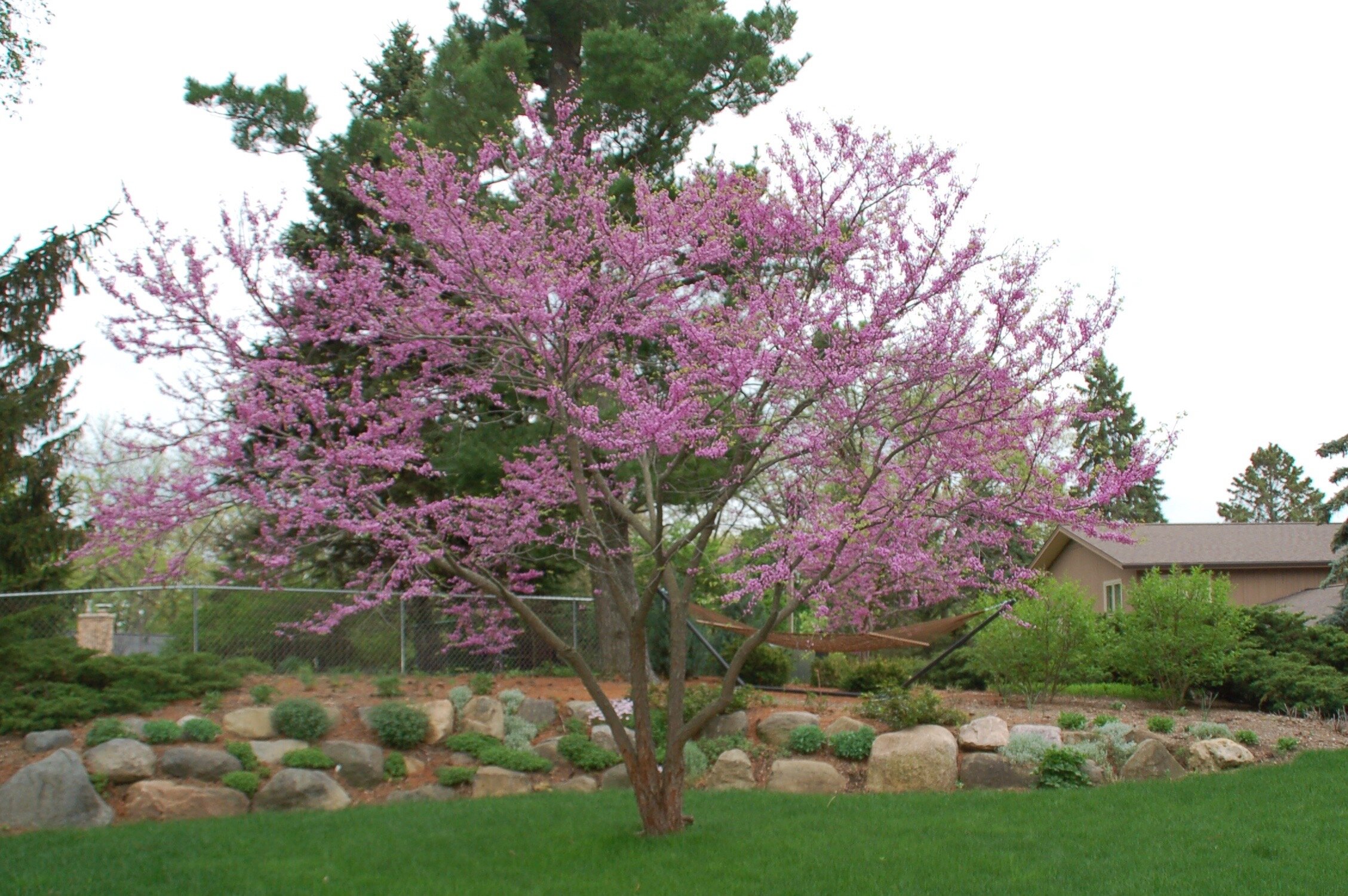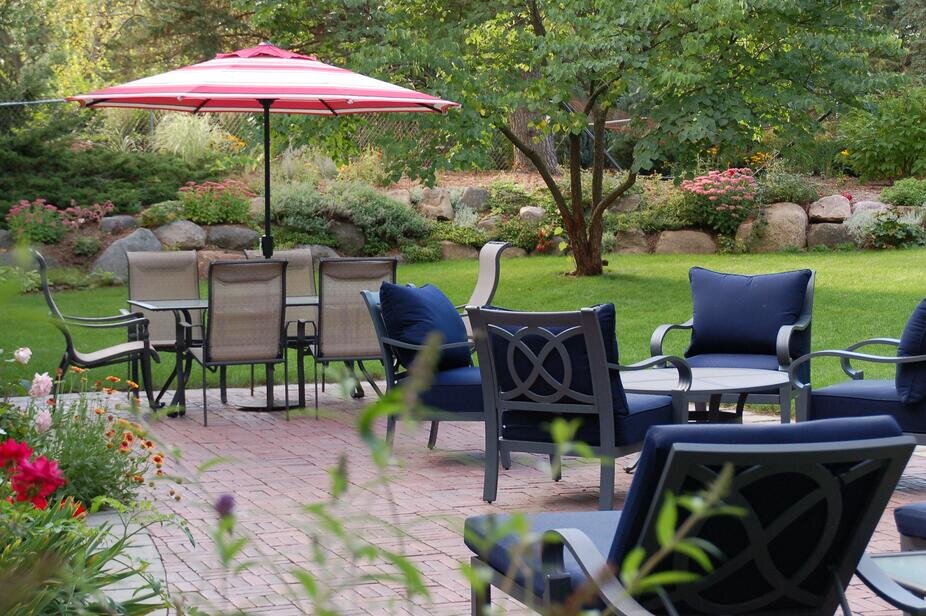Eastern Redbud (Latin name Cercis canadensis) is amazing when it flowers. The flowers are a beautiful magenta-red that run up and down the trees branches. It is one of the first plants to flower in the spring; before the leaves come out. In southern Wisconsin it flowers end of April or early May. It is native to eastern United States and Canada. The tree produces multi-seeded pods in summer. They look like pea pods as the plant is in the pea or Legume family.
It is edible. It is said that Native Americans ate redbud flowers and the young pods either raw or cooked. The flowers are high in Vitamin C and can be used as a condiment on salads. The unopened buds can be pickled or used as a caper substitute. The seed is about 25% protein, 8% fat and 3% ash. A study done in 2006 shows the flowers and the seeds to be very high in antioxidants as well as linoleic and alha-linolenic acid. The seeds also have oleic and palmitic acids. (Green, Deane. Eastern Red Bud: Pea Pods Tree; http://www.eattheweeds.com/eastern-red-bud-pea-pods-on-a-tree/).
The seed pods are best fresh. They should be cooked and flavored with olive oil and a splash of vinegar. Seedpods quickly turn too astringent to eat if left on the tree too long. Sample one and you'll expereince all of your salvia drying up in your mouth. (Richey: Redbuds both beautiful, edible; Urban Forager; March 27, 2011; http://onlineathens.com/stories/032711/liv_805965171.shtml#.WQNM6lPyvdQ)
You can also prepare the seedpods in butter just like peas!
The trees flowers are also great for pollinators as they aide bees in their honey production.
The tree gets to be about 20' tall and slightly wider than its height giving it a nice round shape. It has graceful arching branches. A very nice mature form.
It does best in full to partial sun and well drained soil.
Eastern Redbud is beautiful ornamental landscape tree for your home. It has added benefits of being edible. Please feel free to contact me if you have any questions.






